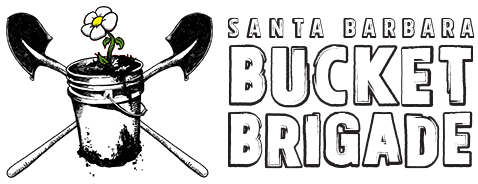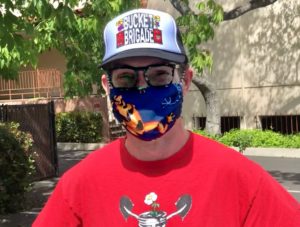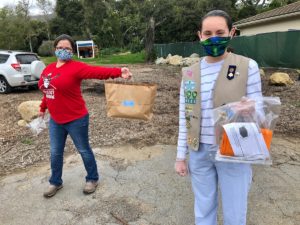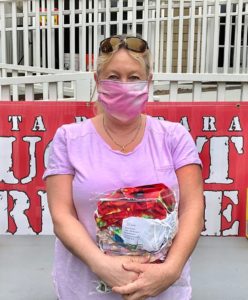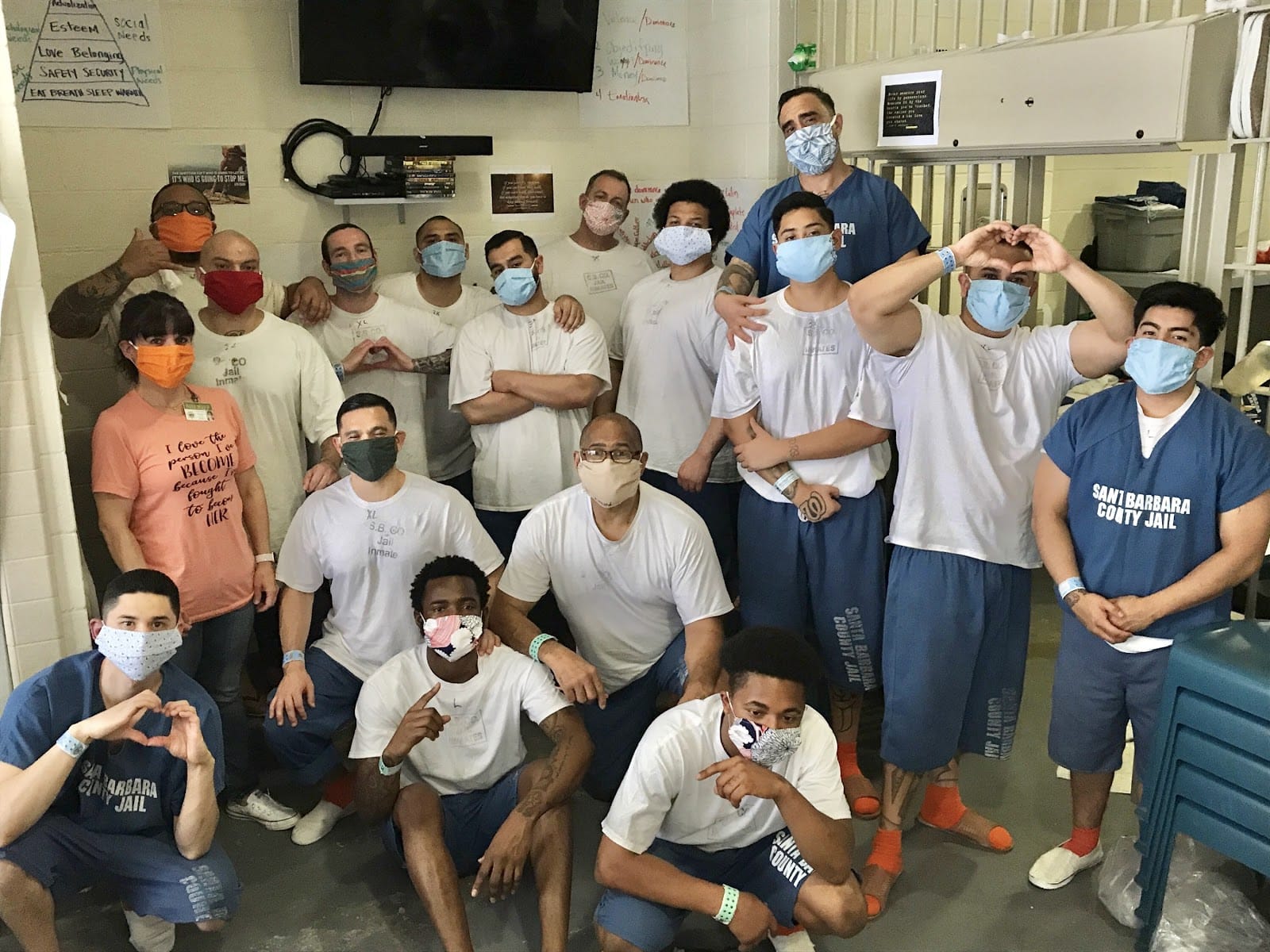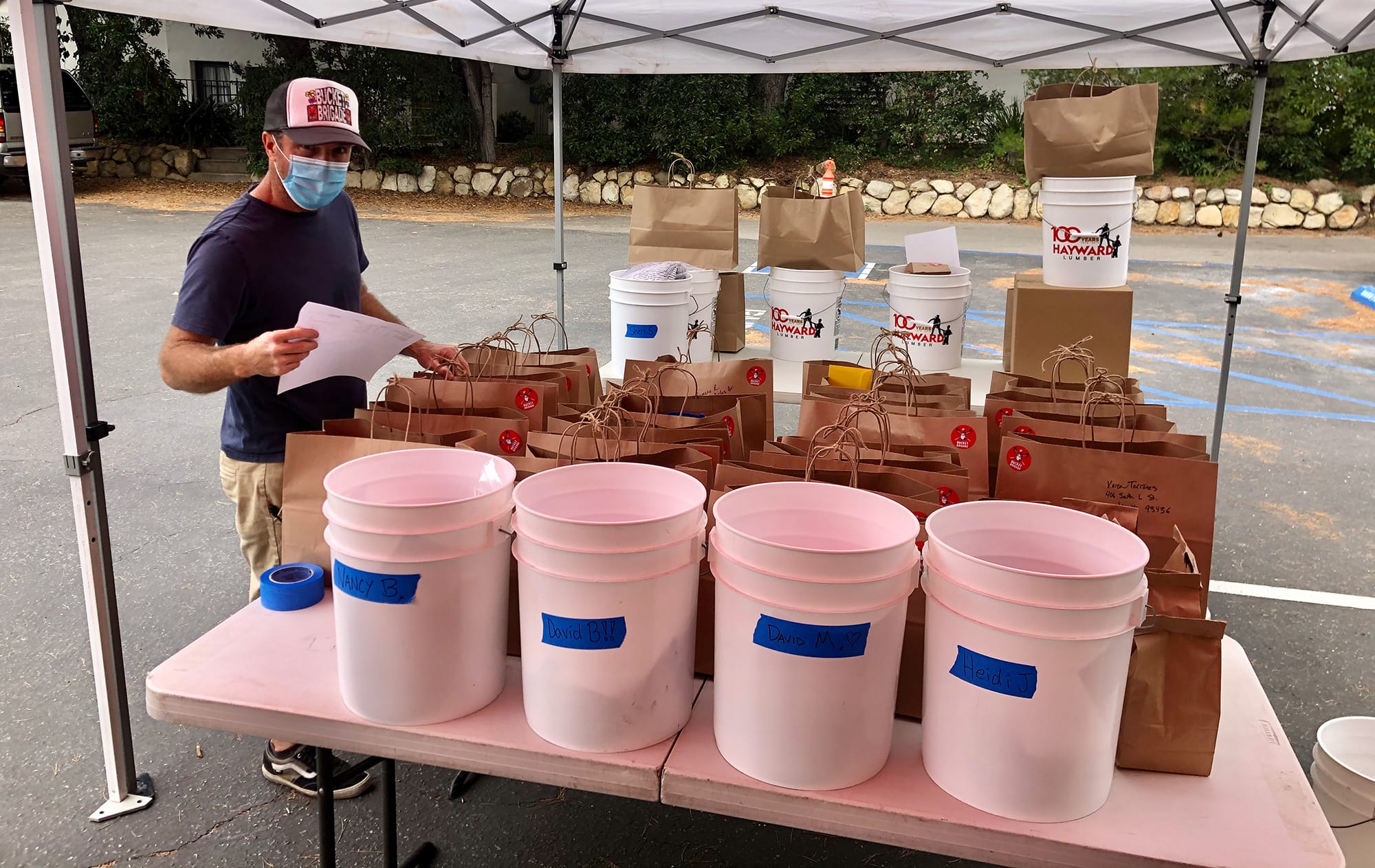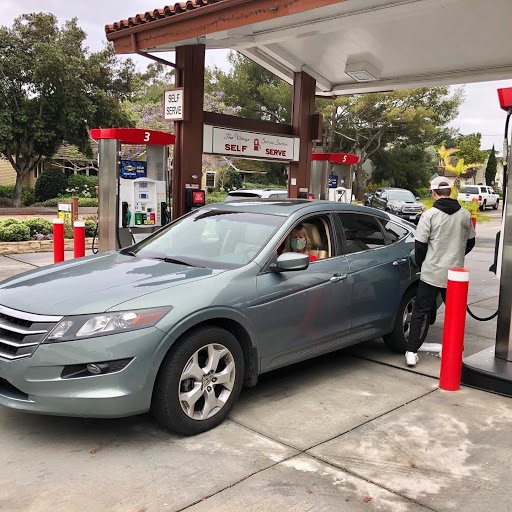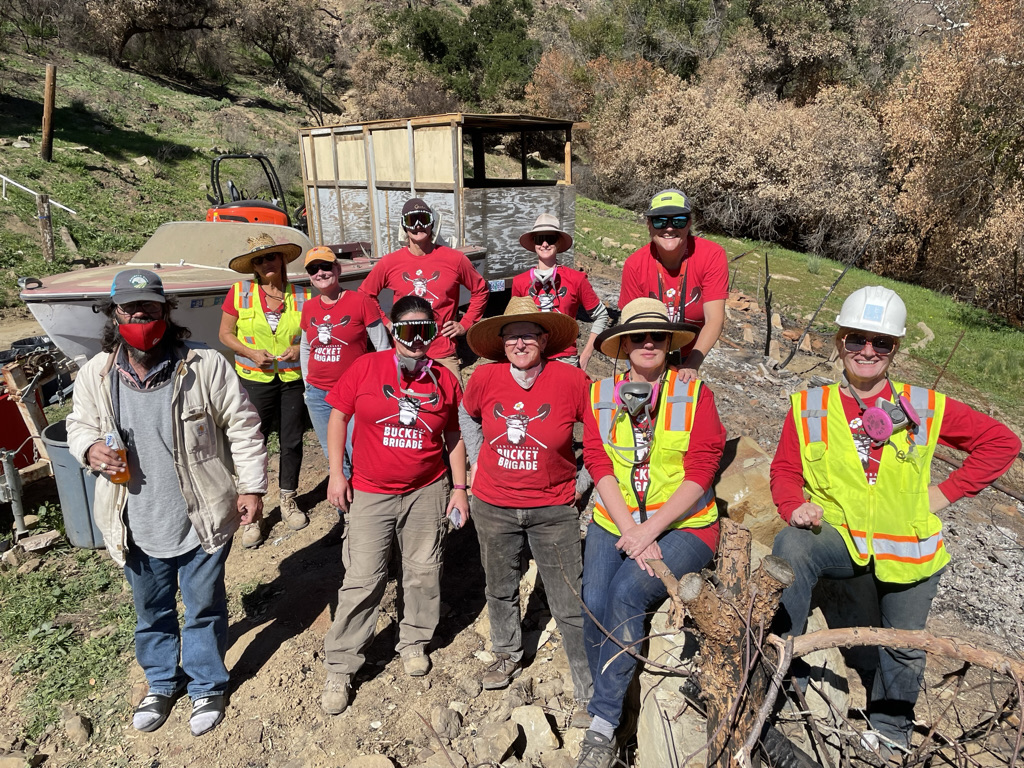Masks Save Lives!
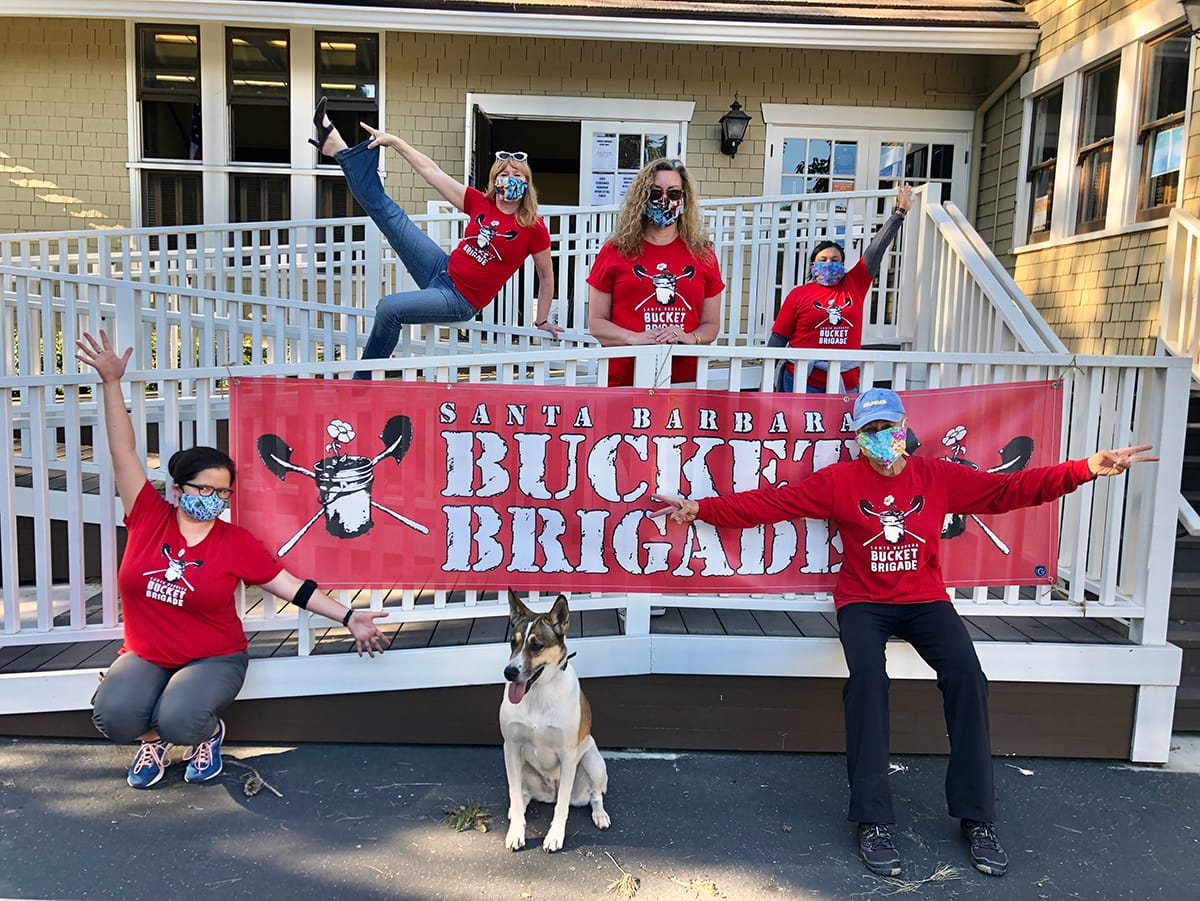

Make Masks – Save Lives 2020
Award-Winning Pandemic Crowdsourcing Project
In March of 2020, it became clear that wearing masks was vital to slowing the spread of COVID-19. Unfortunately, there was a global shortage of Personal Protective Equipment (PPE) like N-95 Masks and other safety gear needed to fight the pandemic. Critical service workers such as nurses, emergency personnel as well as farm and food service workers did not have adequate access to masks. We recognized this emergency and decided to step into action. At the beginning of April, we created the “Most Mask Makers Challenge,” which invited volunteers with sewing experience to make cloth masks at home. These masks were to be freely distributed to essential service workers and other vulnerable communities upon request. In true Bucket Brigade style, we created an inclusive, reliable and efficient system to source, sew and distribute masks in the safest way possible.
The Result:
- More than 300 volunteers signed up to help sew masks, 150 volunteer mask-sorters and drivers were trained and deployed.
- In total, more than 40,000 masks have been made and freely distributed, helping communities in need remain safe and healthy.
- 30 Public agencies & nonprofit care centers received free mask donations.
The Bucket Brigade received a “Local Heroes” award from the Santa Barbara Independent for this innovative pandemic volunteer project in 2020.
Anatomy of a Bucket Brigade Project: A Step-by-Step of the Most Mask Maker Project
We use 100-percent tightly woven cotton for the face covering and elastic for the ear loops. Some of this material is donated to us, but we purchase most of it from suppliers in Southern California.
We take the fabric to Santa Barbara County Jail, where inmates with the “Success Stories” program cut it into 12” strips for masks. [Update — this program has been put on hold because of a recent COVID-19 outbreak among Sheriff’s staff members at County Jail.]
The fabric strips are sent to Mission Linen for laundering.
Each mask-making kit includes enough fabric and elastic to make 25 masks. An instruction sheet with a pattern is included in each kit.
We optimize the delivery routes with the Route4Me app and email it to our drivers. On delivery day, they also get a hardcopy of the route, plus any special instructions for particular addresses, such as a tricky driveway or a number the driver can call if he or she gets lost.
When drivers arrive at Montecito Library, they pull up to a table and scan a check-in QR code (to activate their volunteer shift), preferably without getting out of their vehicle.
A Bucket Brigade staffer places a driver’s bucket of mask-making kits into the truck of their vehicle or through an open window. We also give drivers sandwiches, snacks, and soda for the drive. Across the street at Village Service Station, they can get $15 in free fuel. Drivers are now ready to go!
When a driver is finished with the delivery route, which includes returning to the library to drop off finished masks, the QR code is scanned again to end their shift.
On the next delivery day, these completed masks are distributed by our volunteer drivers to essential service workers throughout Santa Barbara County!
In addition to our mask and face shield projects, the Bucket Brigade has teamed up with other agencies and nonprofits to fill hundreds of volunteer shifts across the county — from delivering food to vulnerable families and homebound seniors, to assisting at homeless shelters and community centers.
